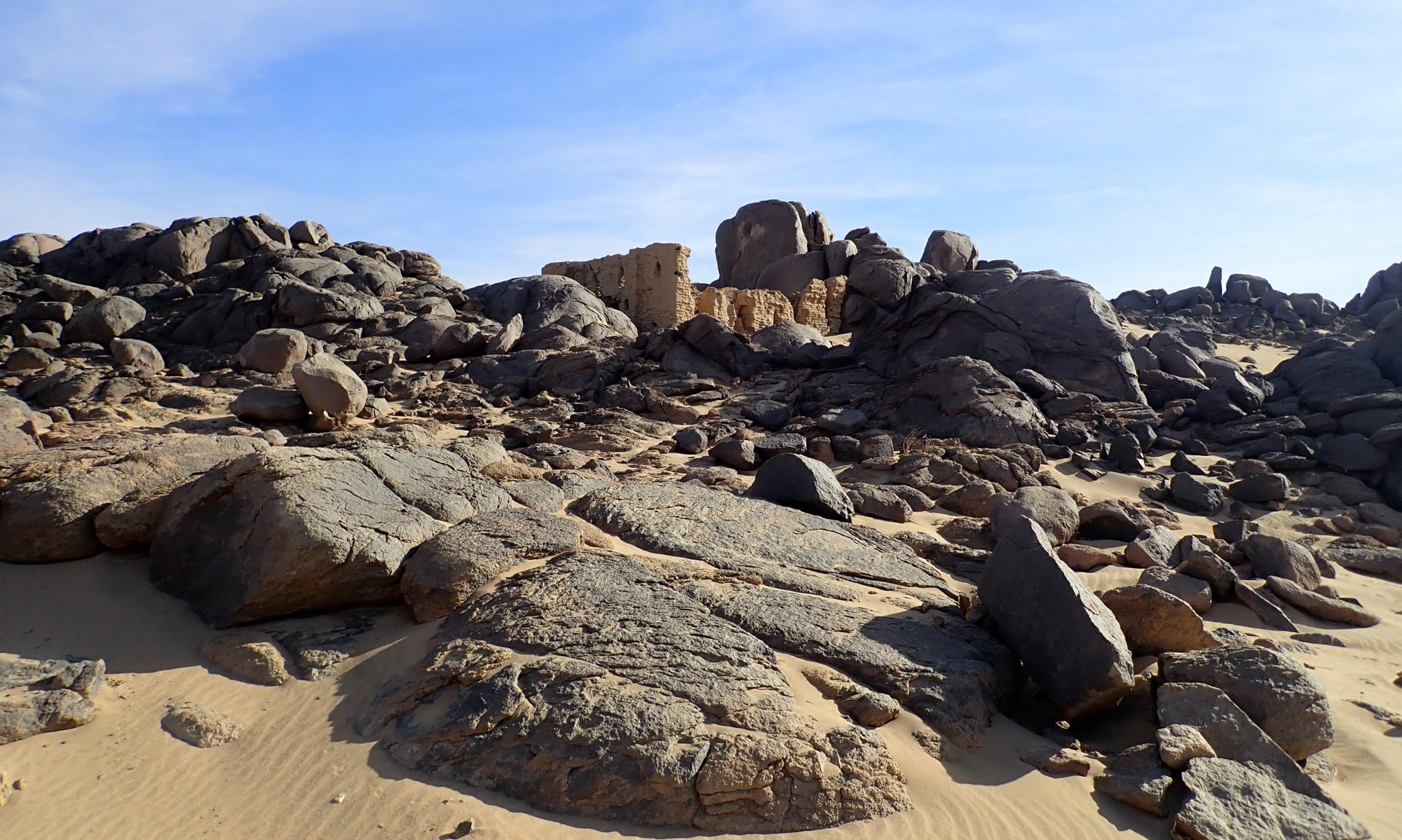The site has been superficially investigated in the recent past. A general survey, carried out between 1991 and 2002 under direction of Ali Osman and David Edwards, has shown the archaeological importance of this region as a frontier-area between medieval Nobadia and Makuria, a region of transit and exchange of cultural influences. It was Alexandros Tsakos (University of Bergen) who drew the attention of the project directors to the urgency of investigating and preserving the church of Miseeda. In 2013, 2015 and 2018 preliminary investigations for the sake of this application were made at the site. During a working visit to the site that took place on 13-14 October 2015 by Karel Innemée (University of Amsterdam), traces of a painting on the eastern wall of the northern pastophorion were exposed, revealing a type of decoration that is typical for this room from the 9th century onwards [Łajtar, Zielińska2016]. The site and survey area have been visited for the purpose of this project and photographed once again on 4 February 2018 by Mariusz Drzewiecki and for the last time by Dobrochna Zielińska on 18 January 2019. On this occasion paintings and a well, illegally excavated, were recorded.

The topic of the Meroitic ‘inheritance’ in the culture of Christian Nubian kingdoms has been raised by various scholars. Such elements of material and immaterial character appear mainly in some aspects of iconography, especially of regalia and royal costume, and the idea of royal power [Donadoni 1969, Łaptaś 2018, Rostkowska 1982, Zielińska 2014, Żurawski 1997] Nevertheless the exact attitude towards the Meroitic past remains unclear. In this particular case the Meroitic image was literally put into a new context. In Nubian churches a figure of Christ, or a king under divine protection, is from the 9th century and was a usual subject for apse-paintings [Zielińska 2014: 943-46] thus the rock drawing must have been re-interpreted in order to become the focus of attention in a church.
